Inside the Watch: Watch Movements Explained
When it comes to choosing the perfect watch for you, there are many factors, features, and stylish designs to ponder. But, arguably, one of the most important considerations is what will make your watch tick.
Incredibly precise, rigorously tested, and with the potential to last for generations, luxury watch movements are undeniably impressive feats of design, craftsmanship, and manufacturing prowess. Here, we’ll explore the most prevalent types of watch movements, discuss the most accurate watch movements, and help you decide which of these innovative designs is best suited to you.
The different types of watch movements
When it comes to different watch movements, there are three main types to choose from. First, and oldest, is the mechanical movement or caliber, also known as a manual movement, because it needs to be wound regularly by hand. The second type is the automatic movement or caliber, which is a self-winding mechanical movement. Finally, the relative newcomer, having been around just over 50 years, is the quartz movement, which draws the power it needs from a battery. Despite quartz movements being the most frequently used worldwide, automatic movements are more often used for luxury watches.
All three of these movements are incredibly accurate and expertly designed, but a lot differs in how they are made, and how they operate. So, here are the three watch movements explained in a little more detail.
Mechanical watch movements
Although mechanical movements in clocks can be traced back to the 13th century and were used for pocket watches from the 16th century onwards, the first true wristwatch boasting a mechanical movement appeared in the early 19th century. Therefore, they are the most traditional of the three movements, and you may hear them referred to as manual or hand-wound movements.
The winding of the crown, which sits at the 3 o'clock position, stores energy in the mainspring and, through an intricate network of springs, cogs, gears, and the balance wheel, the regulated power drives the watch hands and any additional dials or displays. These additional features are known as ‘complications’.
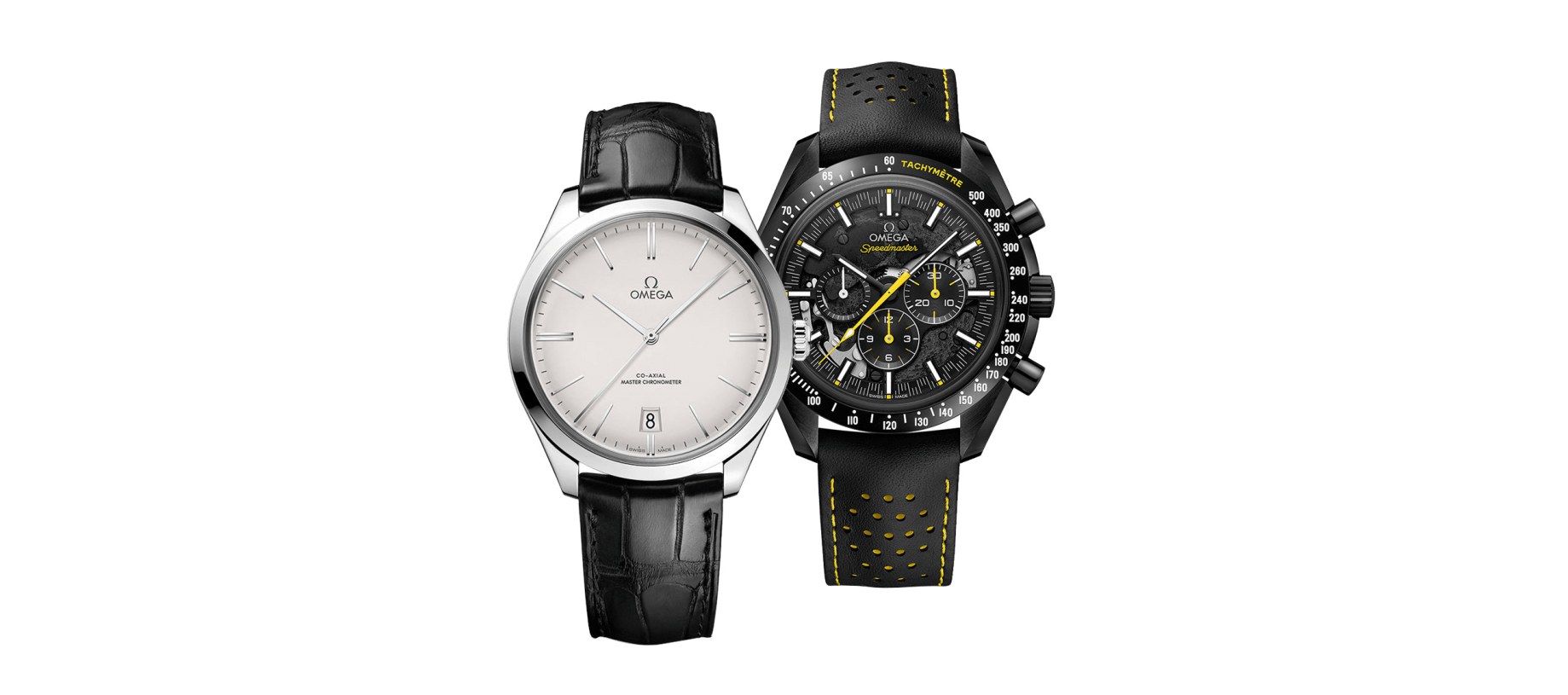
Featuring well over a hundred component parts that are skilfully assembled by hand with meticulous attention to detail, it’s this level of craftsmanship that makes classic mechanical wristwatches so highly admired and respected. You’ll find manual mechanical watches from the likes of Omega and Cartier at Ernest Jones.
Automatic watch movements
Despite the automatic movement being invented in the 1770s, automatic movement watches only started to be manufactured commercially in the last hundred years. An automatic or self-winding caliber is, at its heart, a mechanical watch and the majority of mechanical watches produced now feature automatic movements.
Automatic watch movements are expertly crafted by hand with the same level of craftsmanship as a classic mechanical movement, but they have one key difference – they don’t require winding by hand. Instead, the rotor is spun by the wearer's natural motion, and the energy is then stored in the mainspring. Automatic watches have an impressive power reserve, so you can take it off at night, or not wear it for a day or so, and it’ll still be ticking away nicely.
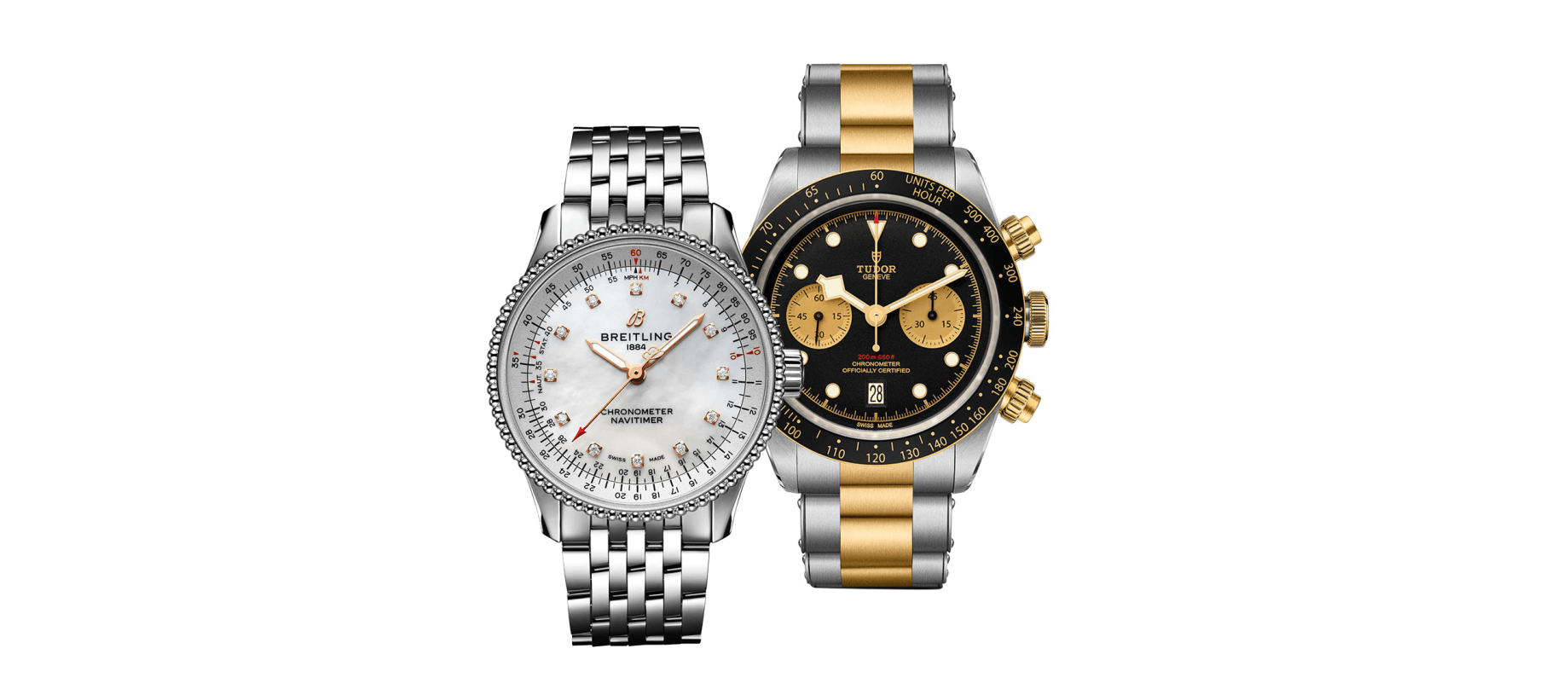
From the handmade tradition and attention to detail that goes into them, to their incredible longevity, there is a lot to love about automatic movements, so it’s little wonder that they are the movement of choice for many top brands. Browse the full range of automatic watches online today.
Quartz watch movements
Invented in 1969, quartz movement are the new, and very accurate, kids on the block. Powered by a battery as opposed to a mainspring, quartz movements have far fewer parts and are much simpler, and less costly, to manufacture. This means they usually command a lower price tag than mechanical and automatic watches. So, if you are on the lookout for a watch made by a luxury or designer brand, but at a more accessible price, then a quartz watch could be perfect for you.
The electrical current generated by the battery is supplied to a quartz crystal via internal circuitry. In turn, the quartz oscillator vibrates 32,768 times per second, creating a precise signal which is converted into pulses – one per second. The watch hands then move in time with the pulses, and the resulting accuracy is truly outstanding.
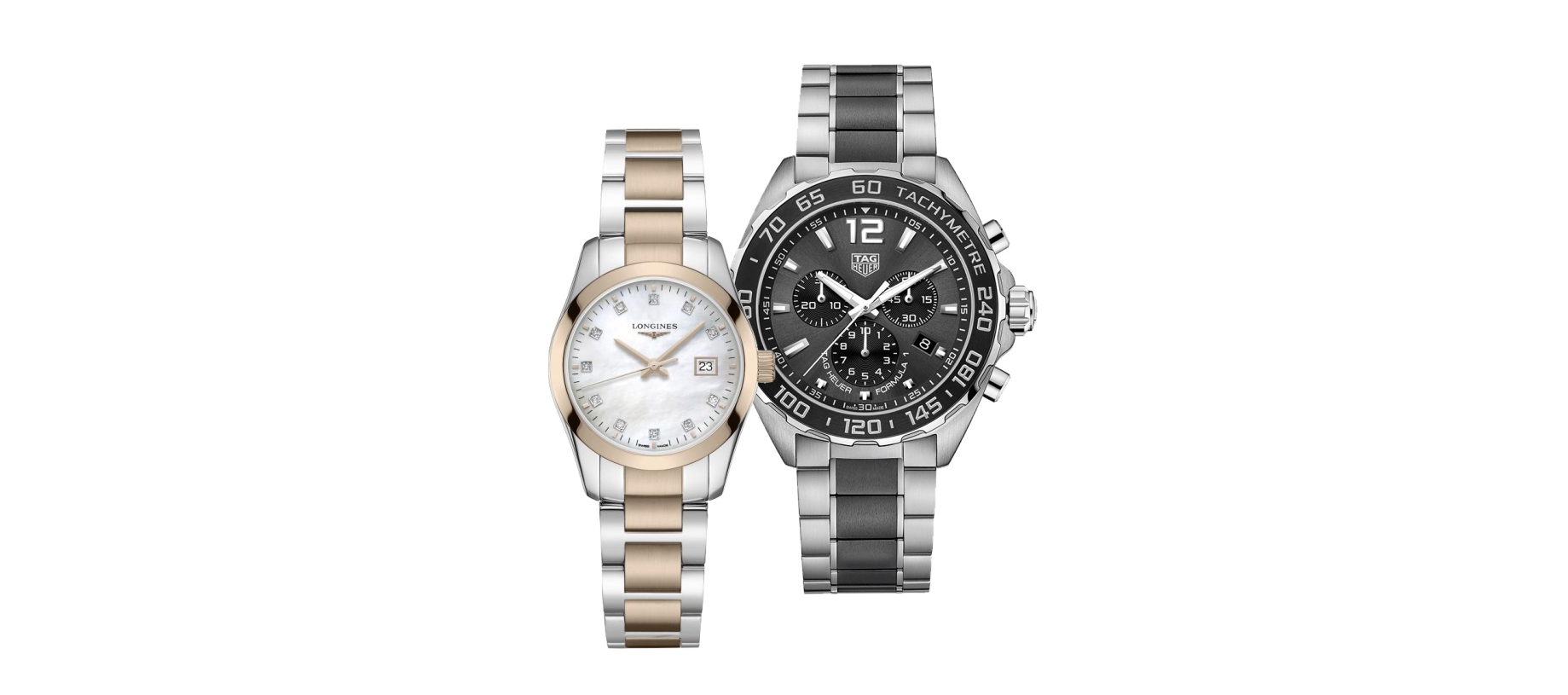
Unlike mechanical and automatic watches, quartz watches are battery-powered so will require a replacement battery from time to time. They are also relatively maintenance-free and will run continuously without the need to wear, wind or service regularly. At Ernest Jones, you’ll find extremely high-quality luxury and designer quartz movement watches from a wide range of iconic brands such as TAG Heuer, Breitling, Omega, BOSS, and Gucci. Shop the full range of quartz movement watches online today.
How are watch movements made?
Regardless of whether they use mechanical, automatic, or quartz movements, most top brands create their own movements in-house. Continually pushing the boundaries of what is possible, it is a case of ongoing innovation, rigorous testing procedures and exceptional craftsmanship.
A mechanical or automatic movement is a wondrous combination of precise engineering and numerous tiny components all coming together perfectly. Therefore, many mechanical watches have a transparent back so that you could see the cogs and gears working in unison in their mesmerising fashion. A telling sign of a mechanical or automatic caliber is how the second-hand moves, unlike a quartz watch where the second-hand appears to tick, in a watch with a mechanical movement, the second hand gives the impression of sweeping as it moves through 360 degrees.
The quality and craftsmanship of mechanical and automatic movements are most frequently associated with luxury Swiss manufacturers, such as Omega, TAG Heuer, Breitling, and Tudor, whose expertise has been developed and honed over centuries. However, brands like British luxury watchmaker, Bremont, also manufacture mechanical and automatic watches of exceptional quality, as do top designer brands.
Quartz movements are incredibly accurate, undeniably practical, and are produced using state-of-the-art machines on a much larger, faster, and more cost-effective scale. Many designer brands have impressive collections of quartz movement watches, and many top luxury brands have also adopted quartz technology and offer quartz models alongside their automatic models, often at a more accessible price.

What are the most accurate watch movements?
When it comes to Swiss-made and other top watches, you’ll often see or hear the term ‘chronometer’. This status is awarded to only the most accurate timepieces. Rigorously tested by the Official Swiss Chronometer Testing Institute, or COSC, mechanical and automatic movement chronometers must remain accurate to -4/+6 seconds a day whilst in all sorts of extreme conditions and temperatures. In contrast, a standard quartz watch would be accurate to within ±15 sec per month, whereas some High-Accuracy Quartz watches are accurate to an impressive ±10 seconds a year.
So, when it comes to the question of accuracy, with a range that offers lower entry-level prices and is so precise, on paper, quartz takes the win. However, as automatic, and mechanical watches are also incredibly accurate, it’s not a straightforward decision. For many people, the tradition and skill involved in crafting a mechanical watch is a big part of the appeal. With a bit of TLC, a mechanical or automatic watch will last a lifetime and beyond, which is unlikely for a quartz device. Therefore, some say they have an emotional connection with a mechanical watch that they couldn't envisage with quartz, which outweighs being a few seconds less accurate.
Ultimately, there's no doubt that exceptionally high-quality quartz, automatic and mechanical watches are produced by some of the top names in watchmaking. Therefore, when it comes to what are the best watch movements, there is no definitive answer, and it really comes down to personal preference, priorities, and budget.
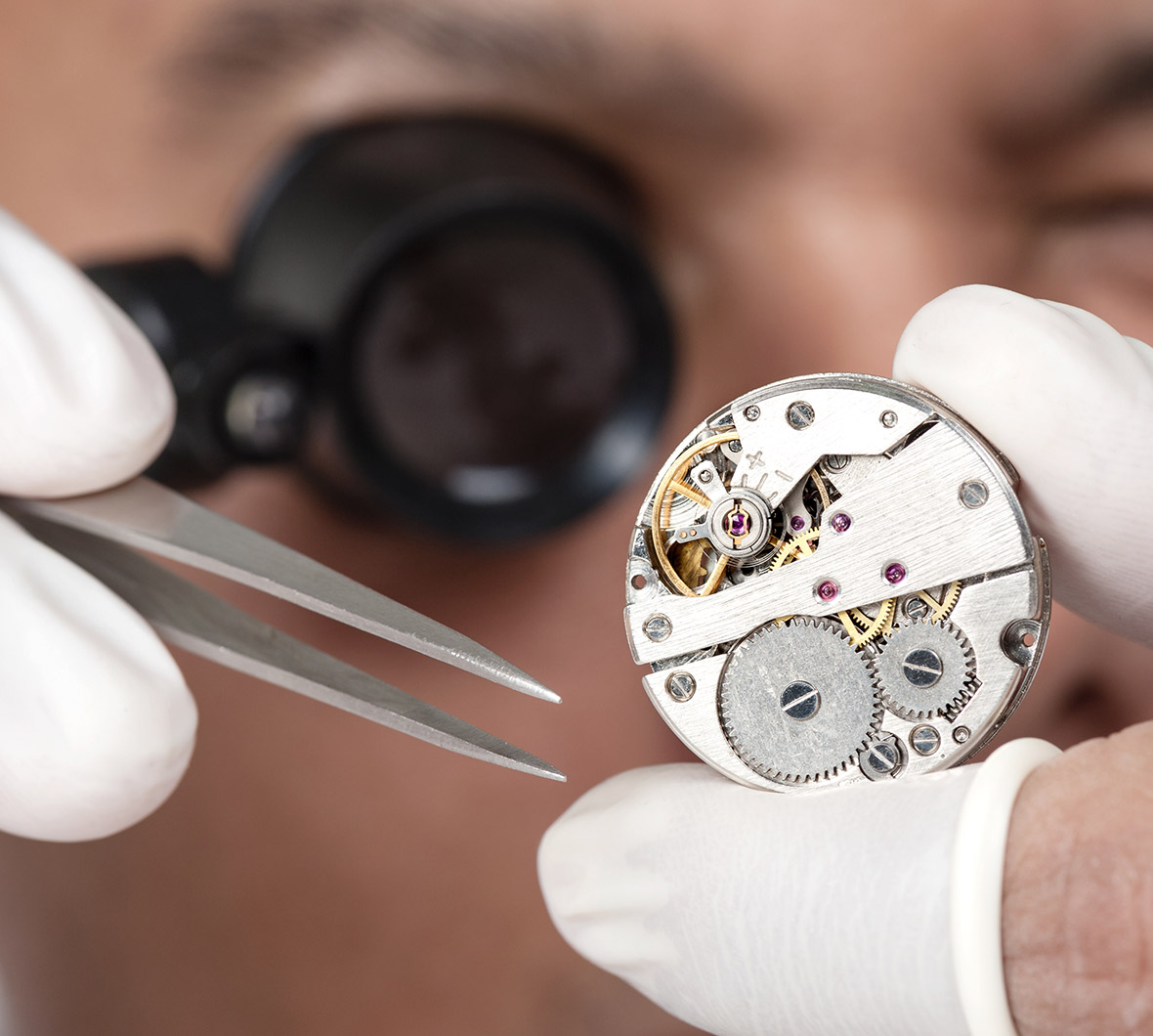
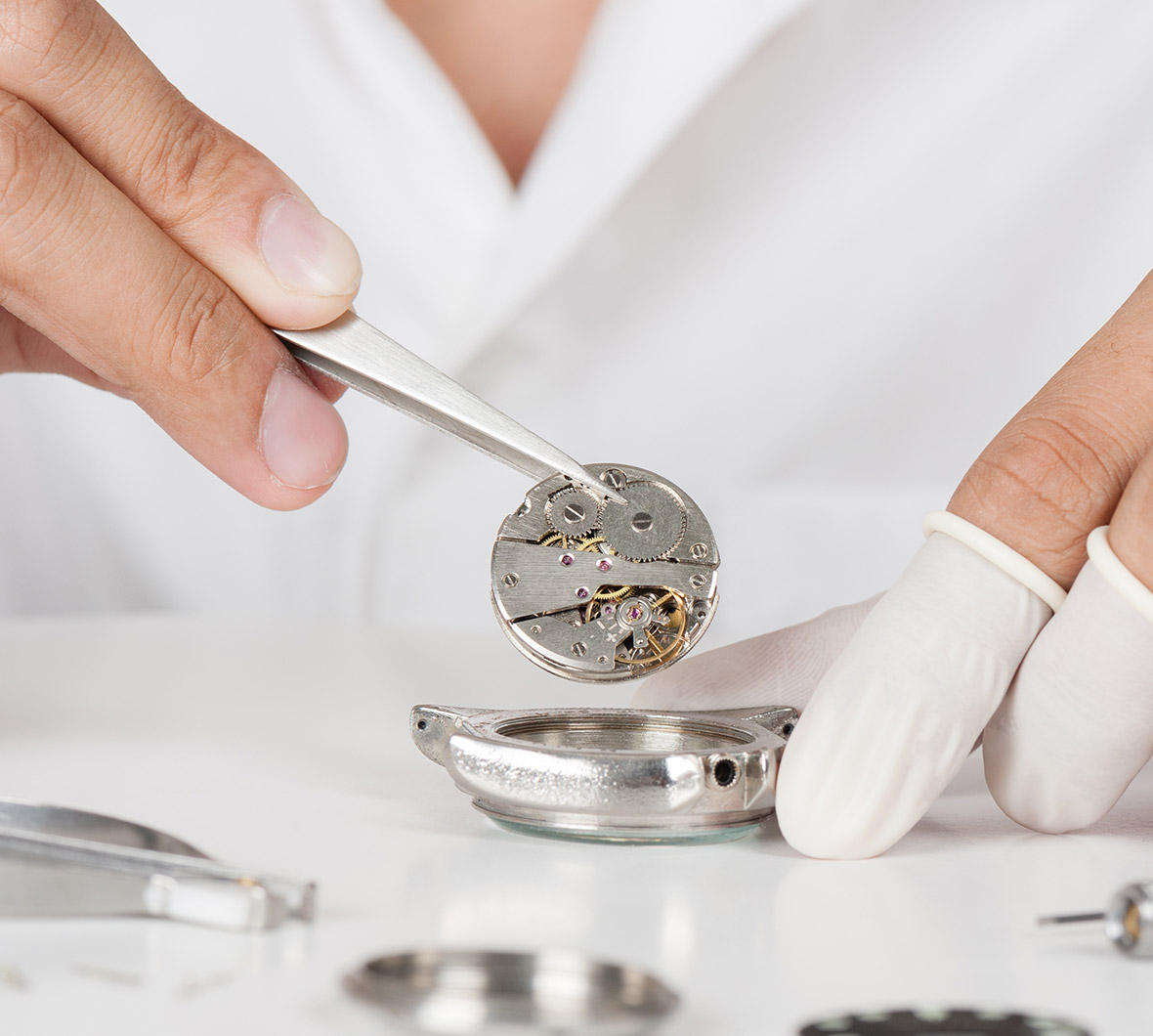
Browse and buy watches online
We hope this guide has helped you decide which watch movement is right for you. If you are ready to start browsing, explore the full collection of designer and luxury watches for men and ladies’ watches, available at Ernest Jones.
When shopping for your dream watch, or a sentimental gift for a loved one, we know how important it is to find a design that perfectly suits your taste, budget, and lifestyle – because after all, it is something that should bring you decades of enjoyment. So, if you need any further help or advice, see our Watch Buyer’s Guide and Luxe Journal, or book a complimentary in-store or virtual appointment with one of our dedicated experts, who’ll be happy to help.


 They will be on video but won't see you.
They will be on video but won't see you. Make sure to enable your mic if prompted.
Make sure to enable your mic if prompted. Language:
Language:

